8. Blue Velvet (1986)
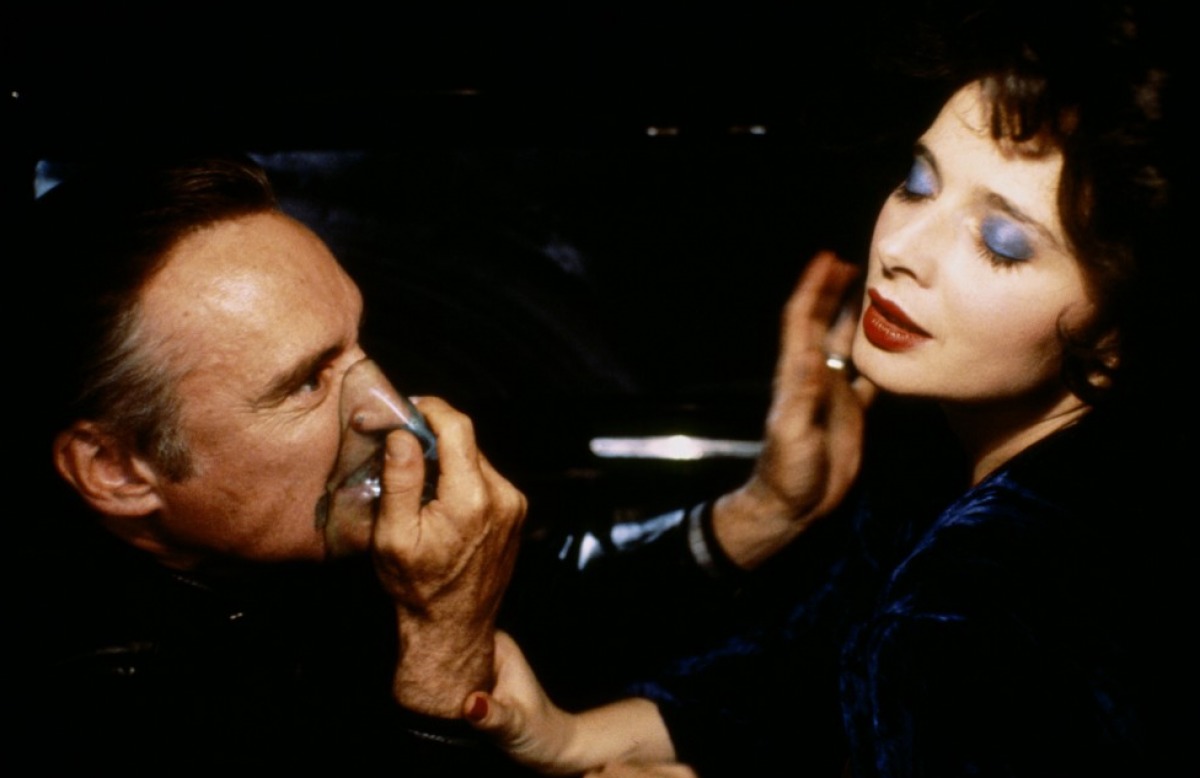
One of David Lynch’s finest works, the neo-noir Blue Velvet has many similarities to Hitchcock films that make it one of the premier examples of a Hitchcockian thriller.
The one thing that sets Blue Velvet apart from other Hitchcockian films is that its sexual situations and graphic violence do not make it feel like the viewer is witnessing a Hitchcock film.
Set in a seemingly perfect town, star Kyle MacLachlan stumbles upon a severed ear in a field that exposes the town’s seedy underbelly to he and the daughter (Laura Dern) of a police detective. They find themselves caught up in a kidnapping case involving a nightclub sinner (Isabella Rossellini) and a sadistic psychopath (Dennis Hopper).
Three of the main characters, played by MacLachlan, Dern, and Rossellini, are all relatively normal people who are thrust into the extraordinary and dangerous situations.
There are various scenes that depend heavily on the shadows and the manipulation of light. Blue Velvet also features a stairwell up to Rossellini’s apartment, which is used many times to heighten the terror the characters feel and the suspenseful nature of the scenes for the audience.
The film also makes use of the darkness as a way to foreshadow the impending danger for the characters, a technique that Hitchcock employed on a regular basis.
9. Dead Again (1991)
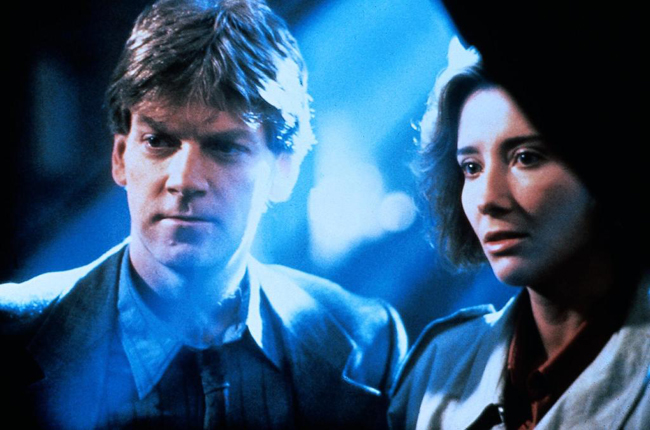
This fascinating thriller by director Kenneth Branagh feels very much like a film that’s concept would have been handled very well by Hitchcock, although it may be a bit too fantastical for the great director.
Starring Branagh as a private detective, this film follows his efforts to help a woman (Emma Thompson) suffering from amnesia discover who she is and finds that they may have met in a previous life. Amnesia is a common symptom for characters in Hitchcockian thrillers, and this may be the best film to play the amnesia card.
The mystery surrounding Thompson’s character is enthralling and the decreasing certainty surround the film’s situations feel straight out of Hitchcock’s earlier works. The film also excels at keeping the audience and the characters guessing, which was one of Hitchcock’s best abilities as a storyteller.
10. The Spanish Prisoner (1997)
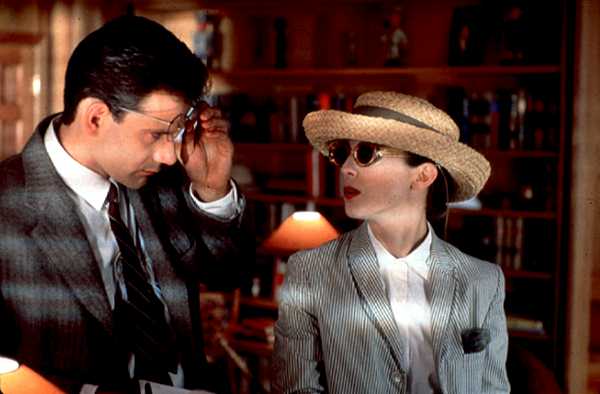
This David Mamet suspense film uses one of Hitchcock’s favorite plot premises: the innocent man wrongfully accused. The care that Mamet takes in crafting this film makes it a fitting and deserving entrant among Hitchcock’s that shared the similar premise.
The film stars Campbell Scott as a corporate engineer who discovers that a mysterious associate (played by Steve Martin) has placed him into a complex and layered scam that also tags him as the murderer of his co-worker.
This film’s story takes the shape of a labyrinth, trapping the viewer and the protagonist within the con and providing plot twists at every corner. There are times when The Spanish Prisoner feels like the great Hitchcock thriller Strangers on a Train (1951), where a chance encounter descends into a living nightmare for one unfortunate soul.
There are other times when The Spanish Prisoner feels like The 39 Steps, with Scott trying to learn the truth and present it to the authorities while constantly uncertain of where to go and who to trust. All in all, this film feels like Hitchcock, and its relatively subdued violence makes it seem like the kind of modern-day film that he could have made.
11. Panic Room (2002)
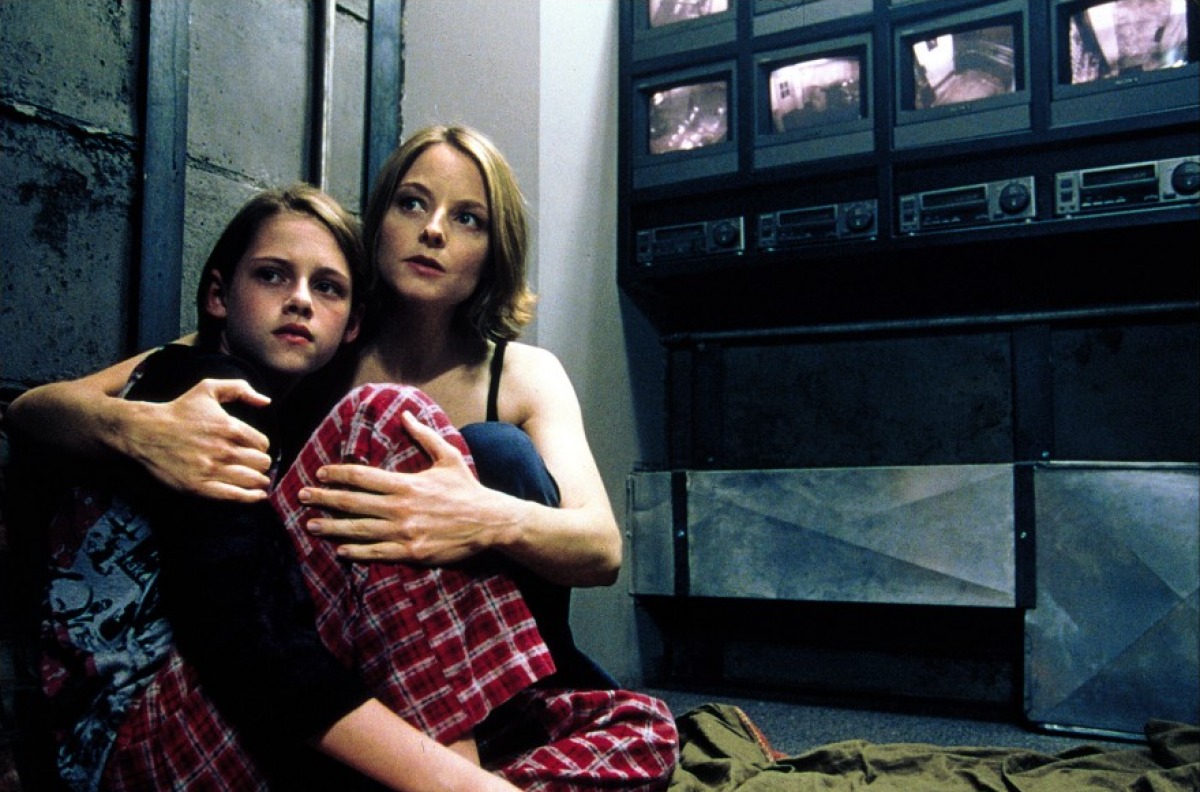
One of the most chilling and thrilling films of the 21st century, Panic Room successfully establishes a fear of both home invasions and tight places in the viewer. Directed by David Fincher, the film stars Jodie Foster and Kristen Stewart as a mother and daughter who hide in their home’s panic room when three burglars (played by Jared Leto, Forest Whitaker, and Dwight Yoakam) arrive in search of a fortune.
This film makes excellent use of the limited set, as the panic room is not only the central focus of Foster and Stewart’s characters, but also the burglars. This technique of shooting a film with a limited set was effectively used by Hitchcock four times, in Lifeboat (1944), Rope (1948), Rear Window (1954), and Dial M for Murder (also 1954).
Through a limited setting, a director is able to establish both familiarity and fear in its audience, something that Hitchcock and Fincher both proved more than capable of doing. Panic Room is also unique in the way that its cat-and-mouse game is very much stationary, but still just as thrilling as the cat-and-mouse games present in many of Hitchcock’s films.
12. Phone Booth (2003)
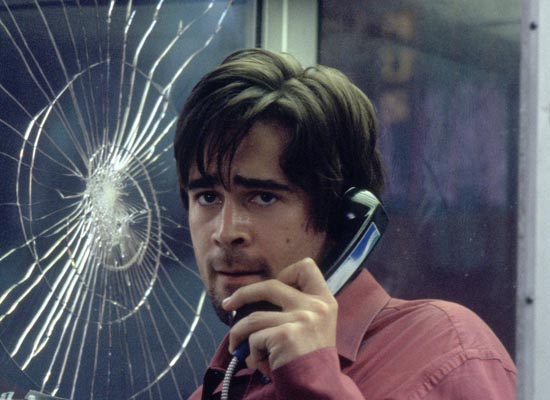
This is another film that utilizes the limited setting and makes use of the “ordinary man thrown into intense and life-threatening situations” element. Joel Schumacher presents a thrilling film where both so little and so much happens.
Colin Farrell stars as an arrogant and slick publicist who becomes trapped in a New York City phone booth by a serial killer (Kiefer Sutherland), who threatens to shoot him if he hangs up the phone.
This exciting film analyzes the lengths to which somebody will go to save their life and questions whether the hunter is a worse person than the hunted.
Apart from using the limited set like four Hitchcock films, Phone Booth also features a villain that is calculating, cold, and completely in control, a type of villain that Hitchcock sometimes used, most notably in Strangers on a Train (1951).
The film features a phone booth as the primary location, but phone booths have also been used in pivotal scenes by Hitchcock, including Rebecca (1940), North by Northwest (1959), and The Birds (1963).
The film is also edited like a Hitchcock film, where long takes are superbly combined with series of quick, frantic cuts to keep the audience both engaged and captivated.
13. Stoker (2013)
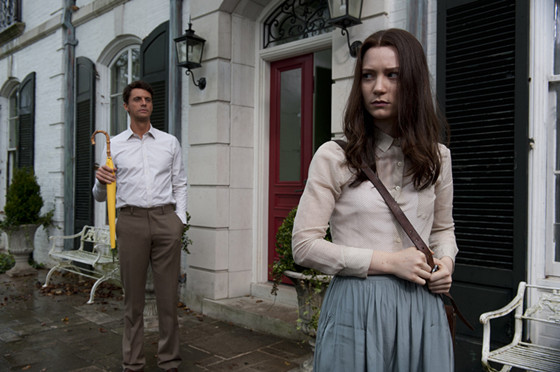
A taut and exciting thriller, Stoker is acclaimed South Korean director Park Chan-wook’s English-language debut. And he does not disappoint, making a Hitchcockian thriller that ranks among the best of the subgenre.
The film stars Mia Wasikowska as a teenager who becomes increasingly suspicious of her uncle she never knew existed (Matthew Goode) and his intentions when he stays with she and her mother (Nicole Kidman) following the death of her father.
The most obvious Hitchcock connection between Stoker and any of his films is the striking similarity that it shares with Hitchcock’s 1943 thriller Shadow of a Doubt. Both films follow teenage girls who question their Uncle Charlies’ true intentions and suspect that they are murderers.
The film also makes use of two important Hitchcock motifs, the staircase and trains, involving these two things in important sequences and meetings in the film.
14. Side Effects (2013)
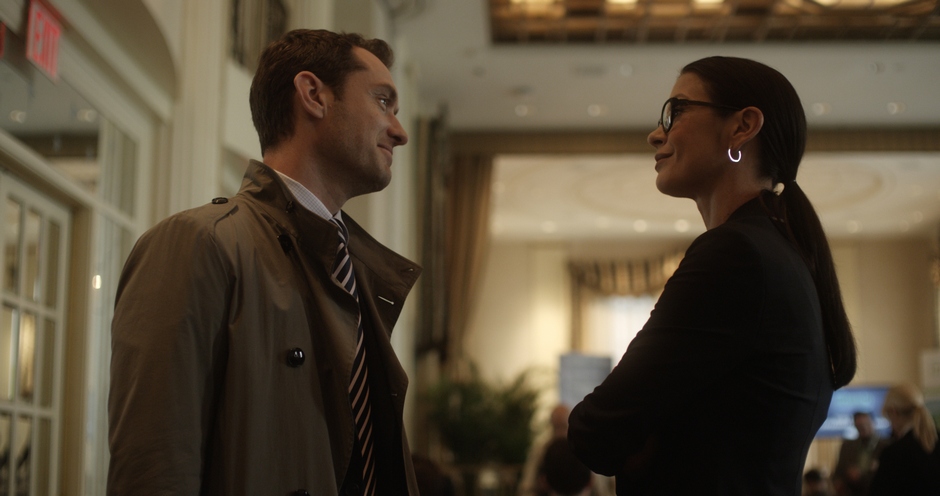
A powerful entry in the Hitchcockian subgenre, Side Effects is one of Steven Soderbergh’s best films and benefits from noteworthy performances by its main cast.
The film stars Rooney Mara as a woman who, after the return of her husband (Channing Tatum) from jail and a suicide attempt, is prescribed a controversial drug by current and former psychiatrists (Jude Law and Catherine Zeta-Jones, respectively) and begins to exhibit the drugs deadly side effects.
The surprising amount of depth and complexity that this relatively simple-sounding plot has makes it perfect for a Hitchcockian feel. With each disturbing plot twist, Soderbergh provides an equally satisfying layer to the mystery.
This film’s inclusion of a main character with a debilitating psychological issue runs in the same vein as Vertigo (1958), Psycho (1960), and Marnie (1964). The film is also helped along by a strong script, which embodies Hitchcock’s scripts in its tightness and masterful narrative structure.
15. The Gift (2015)
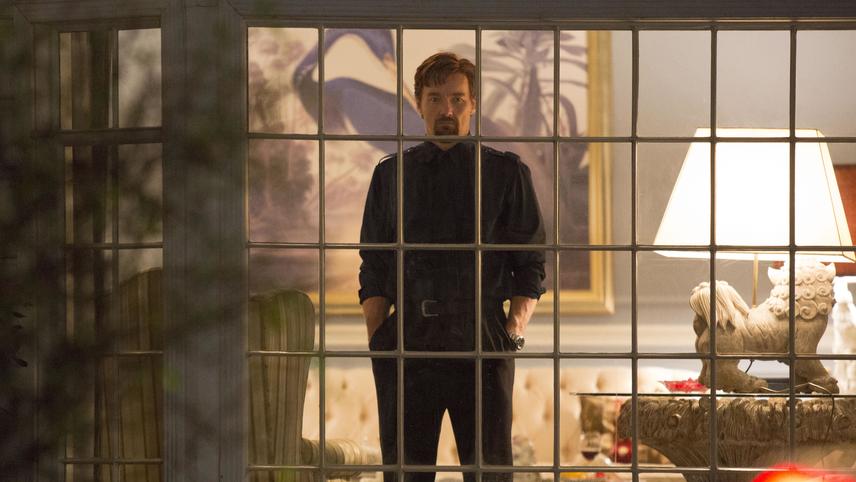
The most recent entry on this list, The Gift is a captivating venture into deception. Directed by Joel Edgerton, it stars Edgerton as a mysterious man who brings gifts to a married couple (Jason Bateman and Rebecca Hall) and turns out to be a man from the husband’s past, revealing a long-buried secret that upends the couple’s perfect life.
The terror that forms within the family dynamic in The Gift is very Hitchcockian, likening itself to several of Hitchcock’s films, most notably including Shadow of a Doubt (1943) and Dial M for Murder (1954).
The film also bears similarities to this list’s first entry, Gaslight (1944), and the Hitchcock theme of wives not being able to trust their husbands (Rebecca (1940) and Suspicion (1941)). And few Hitchcockian films have been able to manipulate the audience’s expectations the way Hitchcock did as well as The Gift.